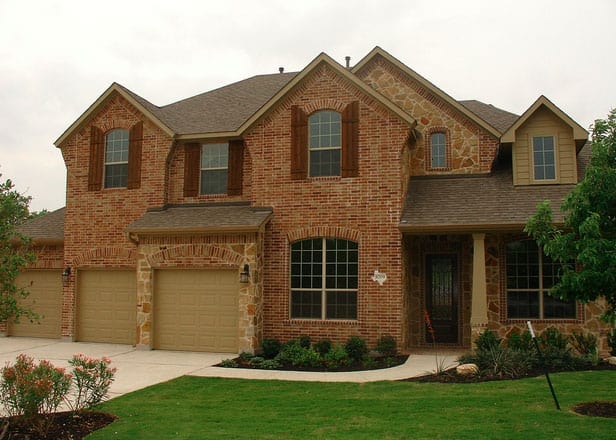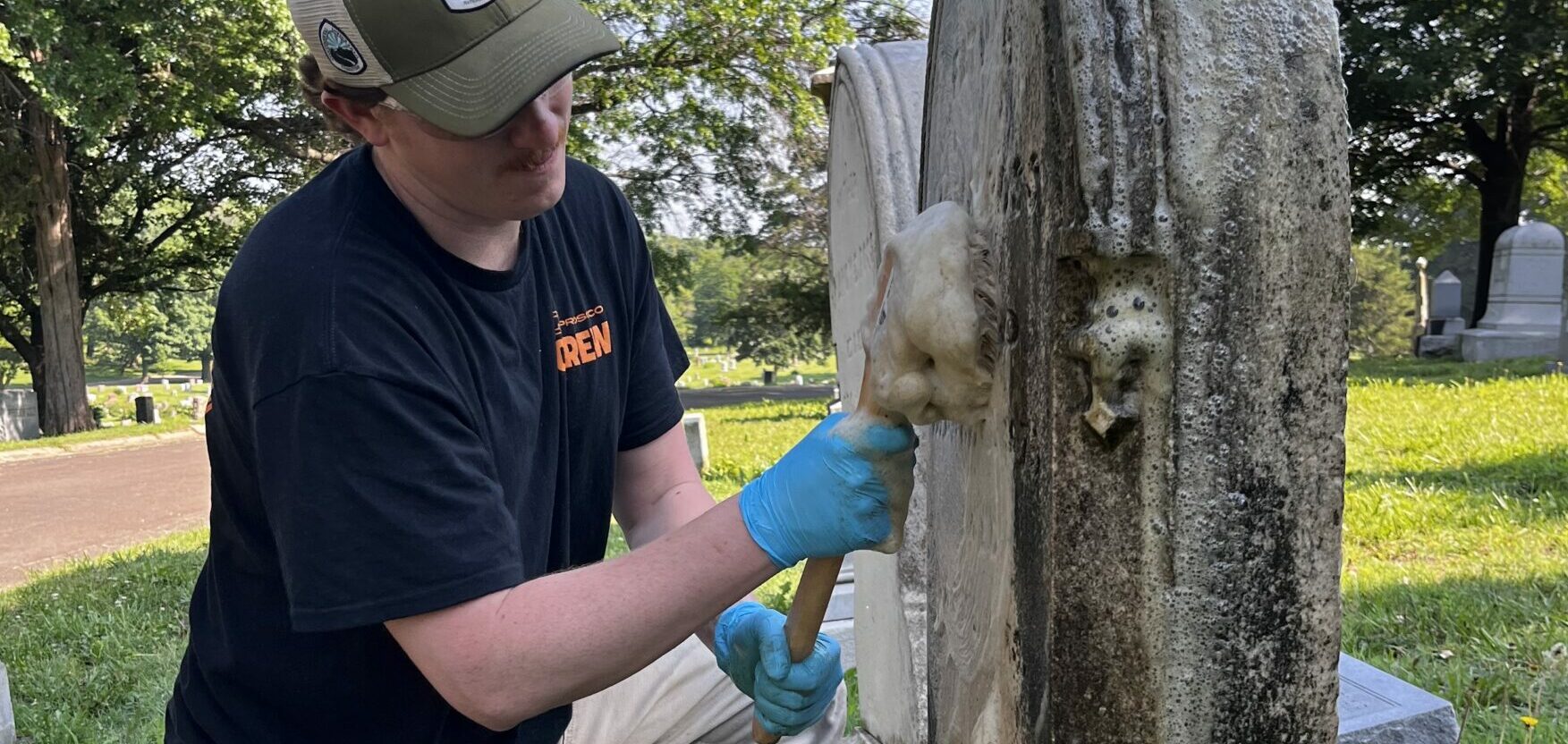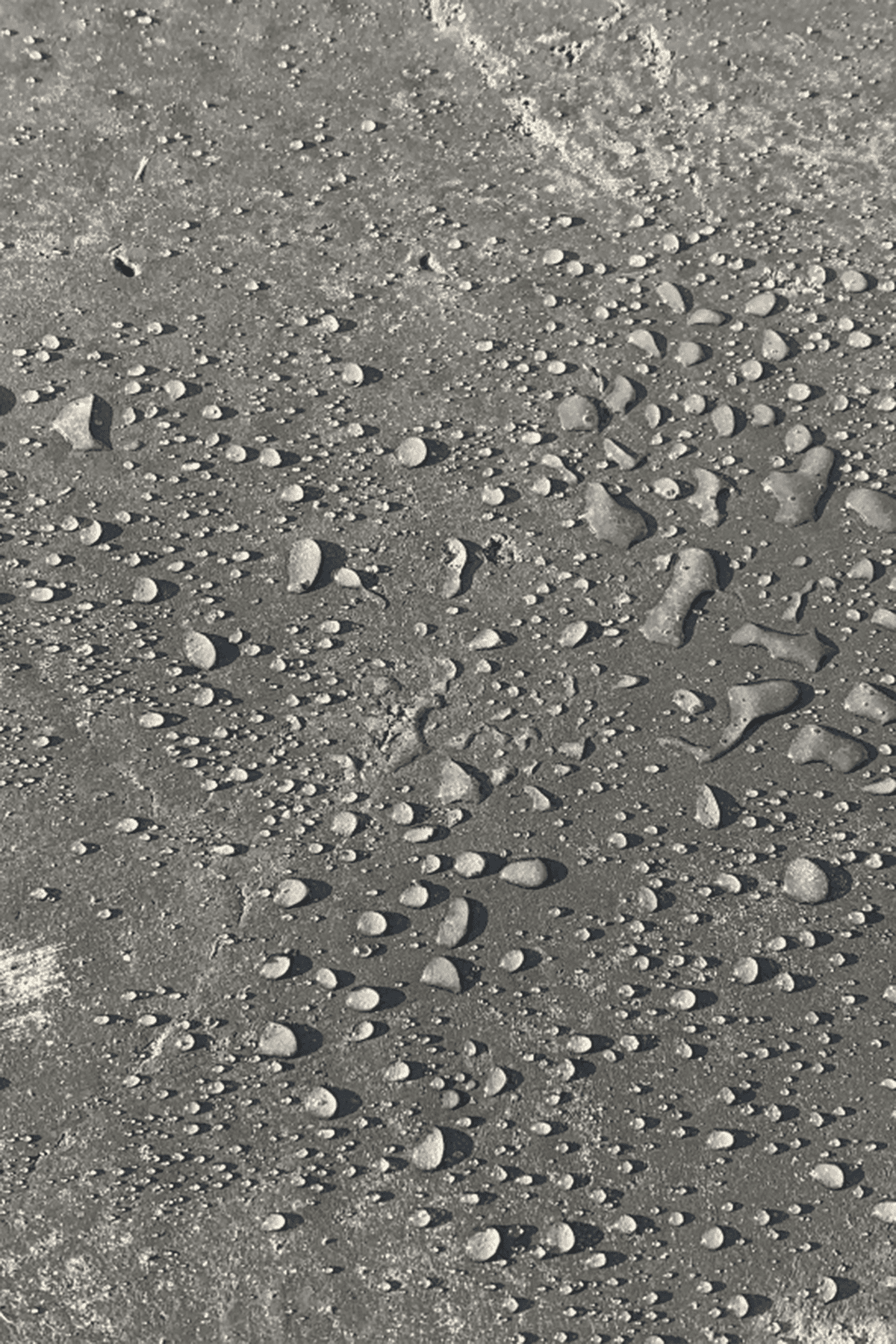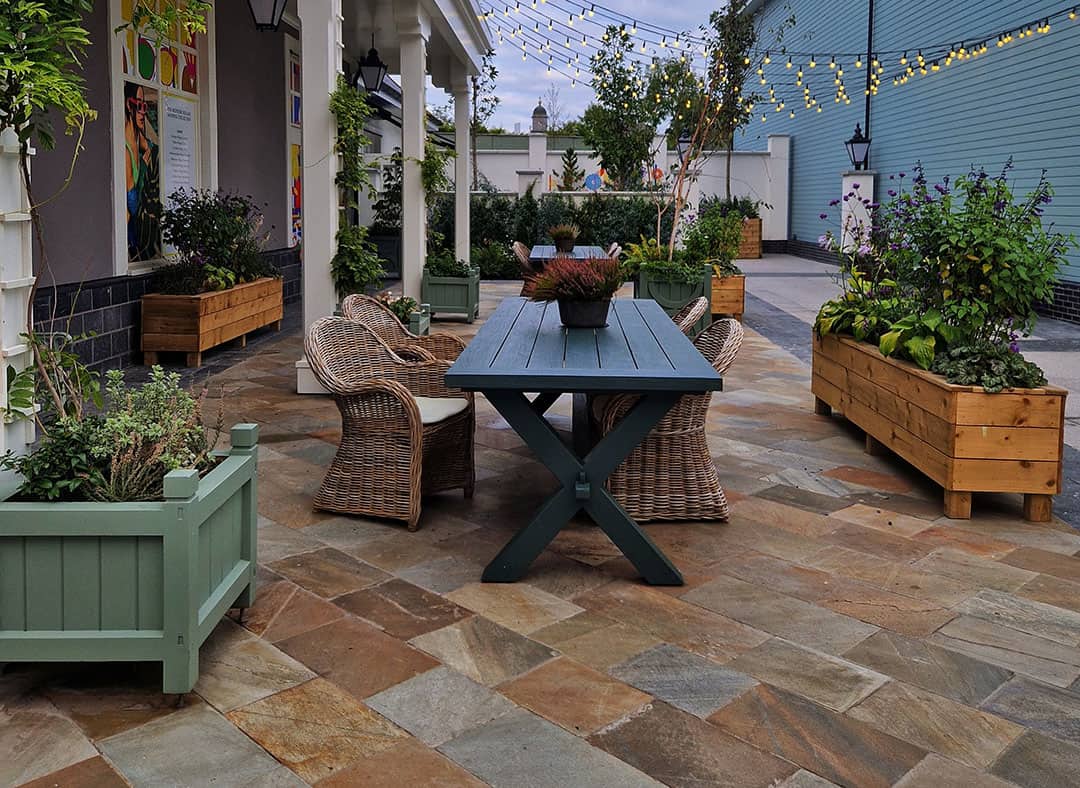While the idea of painting brick or masonry might seem appealing to some homeowners, it's essential to recognize the potential downsides and destructive consequences that can result from this decision. In this article, we shed light on the often-overlooked perils of painted brick, supporting the case against this seemingly innocent transformation.
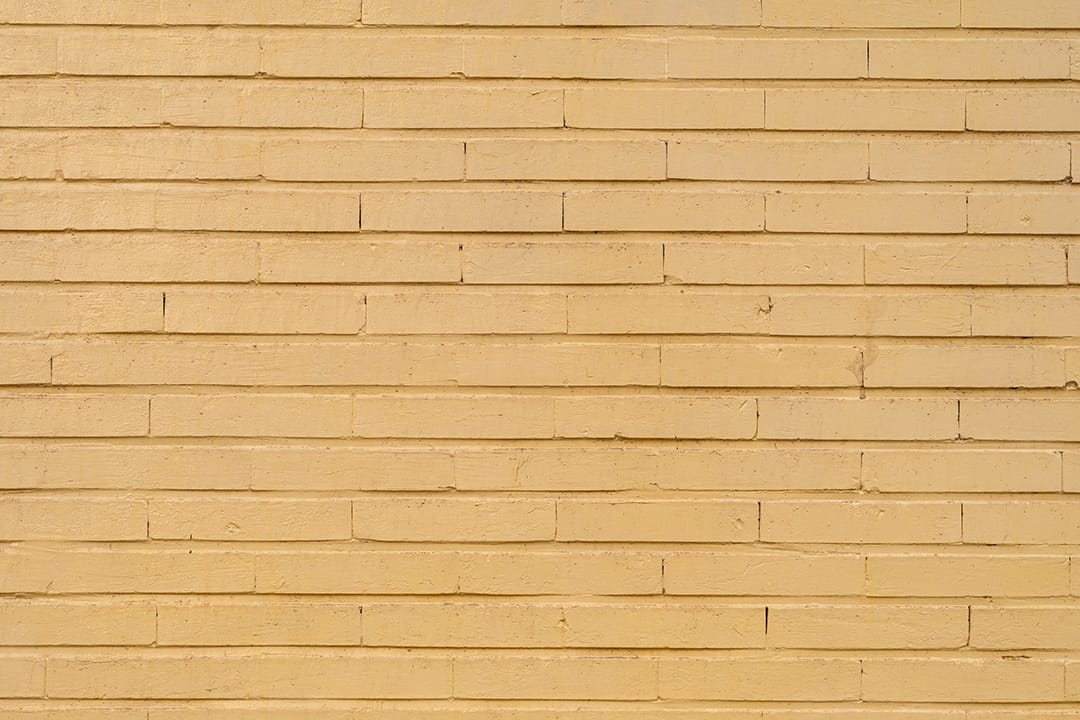
Trapped Moisture: The Silent Culprit
One of the most significant threats to painted brick is trapped moisture. When you apply paint to brick or masonry, you're essentially sealing the surface. While this may seem like a protective measure, it can backfire. Trapped moisture can gradually infiltrate the porous material, leading to issues like efflorescence, where salts and minerals leach to the surface, causing unsightly stains and structural damage over time.
Peeling and Flaking Paint: An Unsightly Mess
Painted brick surfaces are notorious for their propensity to peel and flake over time. This not only diminishes the aesthetic appeal of your home but also creates a maintenance nightmare. Repainting becomes a recurring and costly task, and it can be challenging to maintain a consistently attractive appearance.
Limited Breathability: Strangling Your Home
Brick and masonry structures are designed to breathe, allowing moisture to evaporate naturally. Painting these surfaces inhibits their breathability, potentially causing moisture to become trapped within the walls. This trapped moisture can lead to various issues, including mold growth, rot, and even structural damage in severe cases.
Irreversible Damage: A Costly Endeavor
Reversing the decision to paint your brick or masonry is a daunting task. Stripping paint from these surfaces often requires abrasive methods like sandblasting, which can harm the substrate and create irreversible damage. The financial and aesthetic costs of undoing a painted brick facade can be substantial.
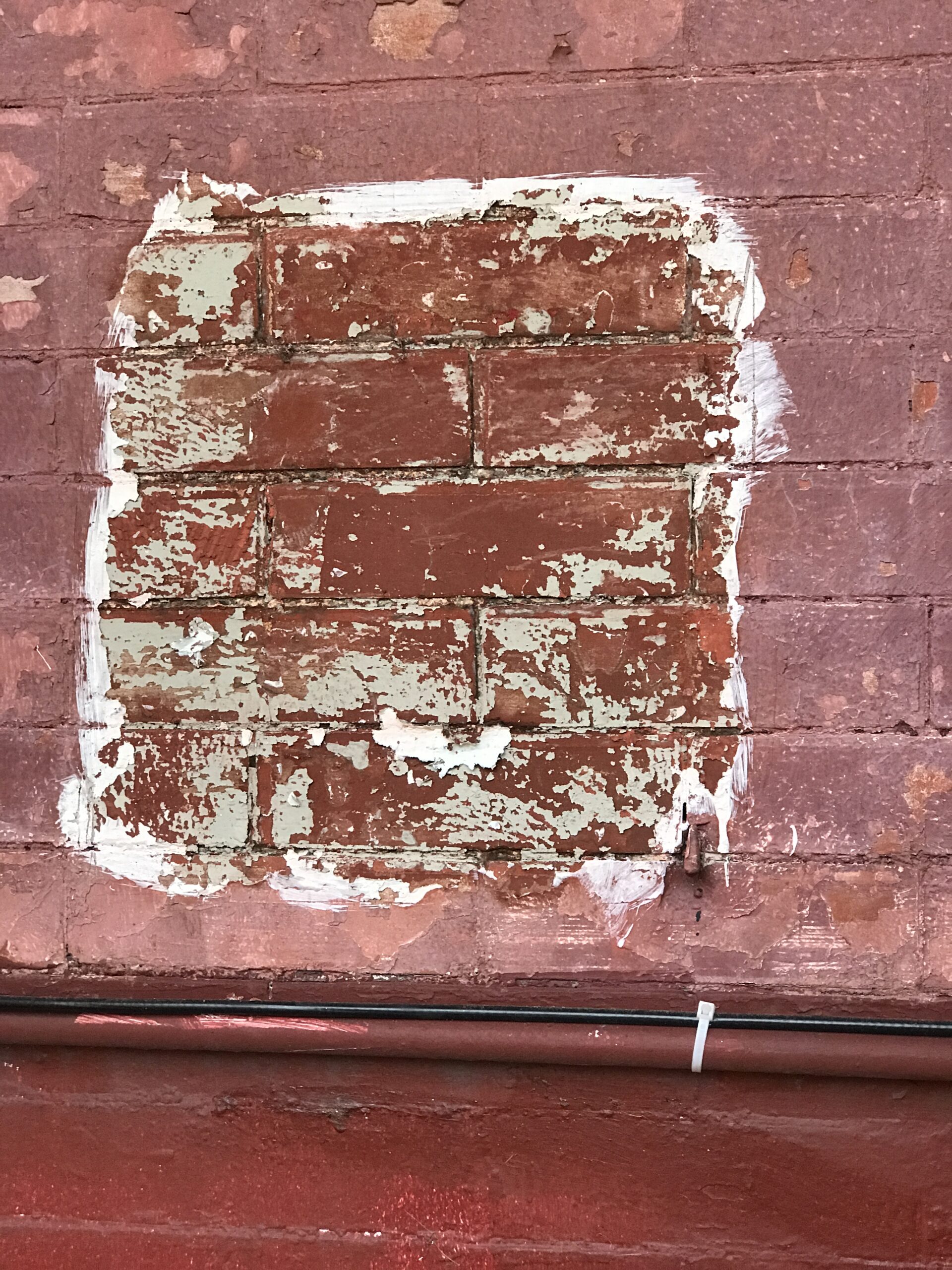
Diminished Property Value: Aesthetic Consequences
Many potential homebuyers are drawn to the natural charm of exposed brick or masonry. A painted exterior can significantly reduce the attractiveness of your property, potentially lowering its resale value and limiting your pool of interested buyers.
Environmental Concerns: Harmful VOCs
Painting brick or masonry involves the use of paints, some of which contain harmful volatile organic compounds (VOCs). These compounds can contribute to indoor air pollution and have a negative impact on the environment. Opting to preserve the natural beauty of brick or masonry is an eco-friendlier choice.
Historic Preservation: Respecting Tradition
In neighborhoods with historical significance, or in homes with architectural value, painting brick or masonry may be strictly regulated or discouraged. Preservation organizations and local regulations exist to protect the historical and architectural integrity of such structures, emphasizing the importance of maintaining their natural appearance.
A Thoughtful Approach to Aesthetic Changes
In conclusion, while the idea of a freshly painted exterior might be tempting, it's crucial to weigh the consequences carefully. Painting brick or masonry can result in hidden moisture problems, ongoing maintenance challenges, reduced property value, and potential harm to the environment. Before reaching for that paintbrush, consider the timeless beauty and benefits of keeping your brick or masonry natural. Preserve the authenticity of your home and avoid the destructive power of painted brick.
